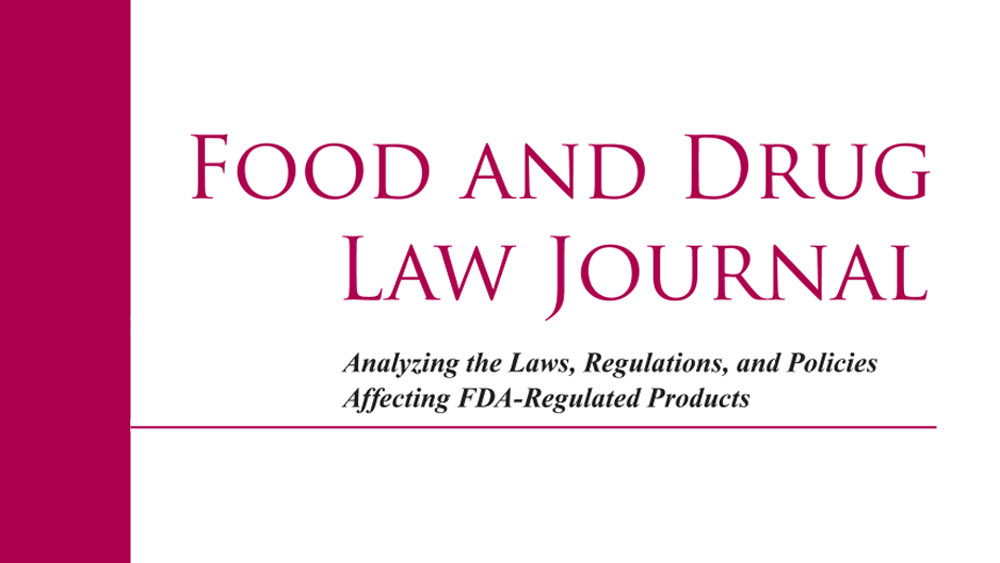
An Analysis of “Natural” Food Litigation to Build a Sesame Allergy Consumer Class Action
Dana Shaker
ABSTRACT
In a world where food allergy is still an incurable disease, law and regulation stand as necessary mechanisms to provide food-allergic consumers with the informationm they need to protect their health. The Food Allergen Labeling and Consumer Protection Act of 2004 provided specific labeling requirements for the “Top Eight” allergens in the U.S.: milk, soy, gluten, egg, tree nut, peanut, fish, and Crustacean shellfish. Since then, sesame has become more prevalent as an allergen and remains just as dangerous, inducing anaphylactic shock in some sesame-allergic individuals. Yet sesame remains unregulated, despite advocates and congressional members arguing for its inclusion. This note entertains one solution to this problem by exploring the most strategic way to bring a sesame allergy class action against a private food company under California’s consumer protection statutes. Because this kind of class action does not have much, if any, precedent, this note analyzes the basic, preliminary issues that any litigant would have to navigate around to certify a class, including preemption, standing, and the claim itself, by focusing on how courts have examined these issues in the recent “natural” class action litigation. It also analyzes the legal, moral, and practical aspects of choosing a type of relief, as well as whom to include in the class. Finally, this note briefly considers how FDA itself can ensure sesame is regulated on the labels of food products, given that some of the legal issues may well be insurmountable for this particular class action. This note explores the potential solutions to difficult legal hurdles in constructing a sesame allergy class action, arguing that litigating a sesame allergy class action—even if it is not ultimately successful—could start a productive conversation that might lead Congress or FDA to provide greater public health and consumer protection for those with sesame allergy.
Food and Drug Law Journal
Volume 72, Number 1

